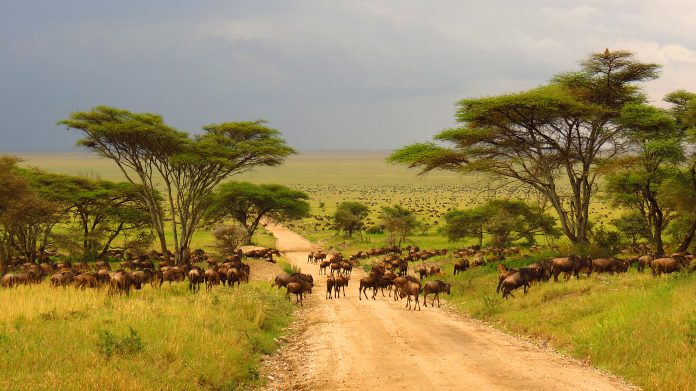Artificial intelligence has emerged as a powerful tool in paleobiology and archaeology
The research, titled “African Bovid Tribe Classification Using Transfer Learning and Computer Vision,” reveals that AI technology has proven to be more than 90% accurate in identifying prehistoric and modern African antelopes.
AI in paleobiology
This outperforms the accuracy rates of human experts, whose identifications vary significantly depending on their expertise.
The study, led by Manuel Domínguez-Rodrigo, a visiting professor of anthropology at Rice and co-director of Madrid’s Institute of Evolution in Africa, utilised AI to analyse remains of prehistoric livestock.
Composite images of teeth from five different antelope tribes were examined and identified with remarkable precision, highlighting the potential of AI in reshaping the landscape of paleontological and archaeological research.
Why does it matter how these ancient animals lived and what they ate?
According to Domínguez-Rodrigo, understanding the ecology of ancient African ecosystems is crucial for revealing the evolution of mammal communities, including humans.
Over the past two million years, humans have become highly dependent on other mammals, and insights into the past can illuminate the forces that shaped our evolution.
“The evolution of ecosystems in Africa is of major relevance to understand what shaped our own evolution as humans,” says Domínguez-Rodrigo. “Now we can do that with much more confidence. This will enable us to understand past environments but also understand better modern landscapes too when documenting the dead animals that they still contain.”
The application of AI technology in paleobiology is an evolving revolution in how archaeologists analyse information. Domínguez-Rodrigo emphasises that AI methods provide an objective and replicable way of identifying animals, offering a level of previously unattainable confidence. This accelerates the analysis process and enhances the accuracy of identifications.
“These AI methods are a revolution for the studies of paleobiology and human evolution in particular,” he notes. “Not only can we now be more secure about identifying different types of African antelopes, but we are working already on doing things that archaeologists have been unable to do.”
Artificial intelligence reconstructing the past
The success of AI in fields like image-based medicine serves as a proof of concept for its widespread application. Palaeontology and archaeology are now undergoing a profound transformation as these techniques are incorporated.
The implications extend beyond identifying ancient species; archaeologists can now screen landscapes as they were millions of years ago, discover new sites, identify specific carnivore types interacting with humans, and better understand how fossils were modified over time.
As AI continues to revolutionise various scientific disciplines, its application in paleobiology is a testament to its potential to reshape our understanding of the past.
The ability to reconstruct ancient ecosystems with unprecedented speed and accuracy marks a significant leap forward in unravelling the mysteries of human evolution and the landscapes that shaped our ancestors.











